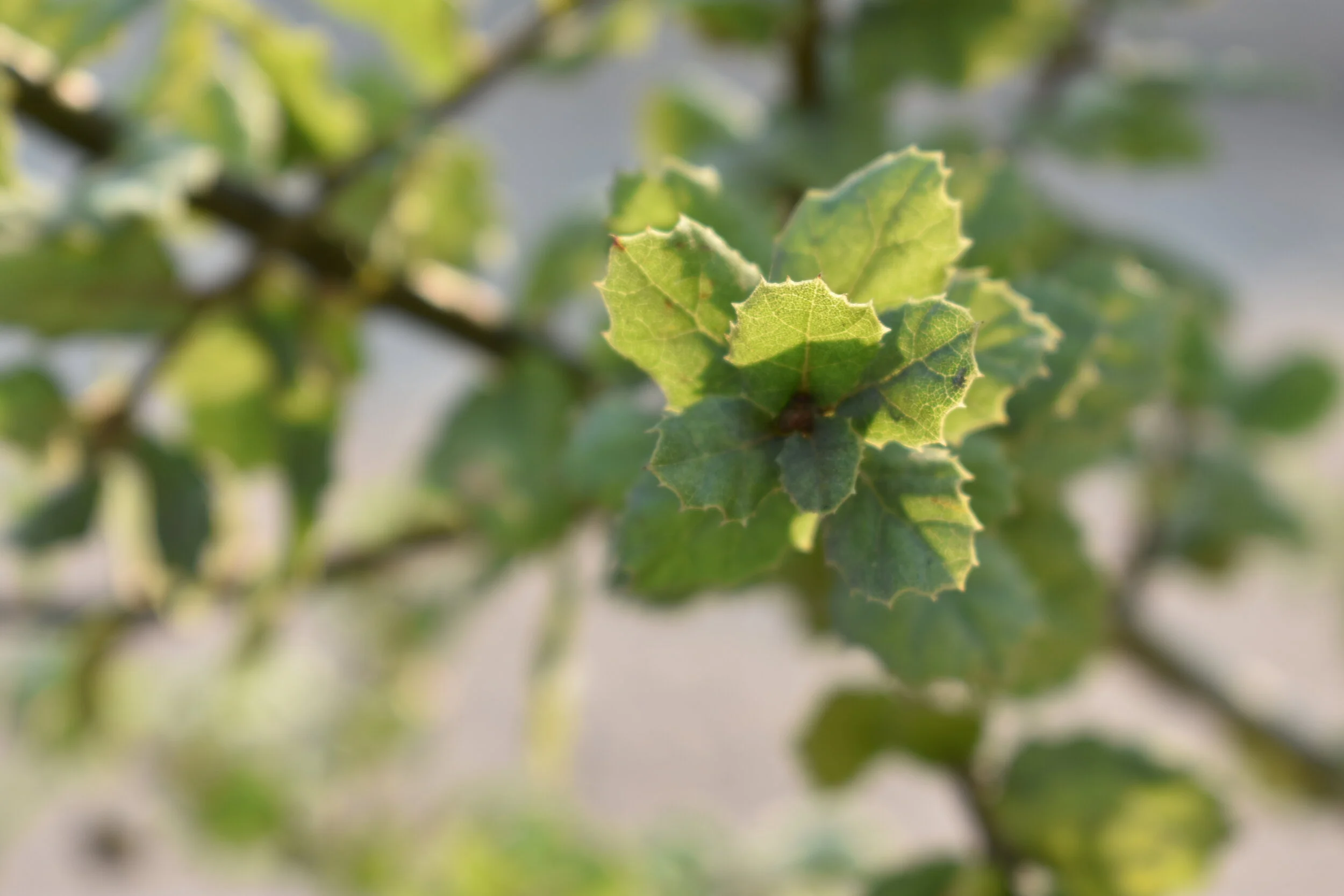The other day whilst on a hike I ran into a mother and son who were using LeafSnap to identify trees. In passing I just added a few comments on the tree they were looking at, a California Buckeye. From a safe social distance we sparked up a conversation about native trees and what to look for in the park. This got me thinking about one of the most common questions I have received since I began working at Our City Forest. ‘What tree is that?’ To people untrained in the natural world a lot of trees look alike, and are easily assumed to be each other. Yet the identification of trees can be a fun and educational tool for people of all ages. As you start to learn more about trees and how to identify them, you will begin to notice more trees and differentiation. The trees in your yard are now a specific species, the big oak tree you stare at from your office window has a name, and the trees you see on a hike are not all the same. I put this guide together to help people become more connected to the urban forest around them, as well as an educational tool to teach them about these trees.
When identifying trees we need to understand that this process is based on morphology, which is the size, shape and appearance of plant parts. The most important parts when it comes to trees would be the leaves, buds and flowers, the structure of the tree and the bar. Some trees you can identify from a distance like Coast live oak (Quercus agrifolia) that has a very wide low structure. Other trees need to have a closer look, the first thing we should pay attention to are the leaves. There are two types of leaves on trees: simple leaves, and compound leaves. A simple leaf is a single blade or needle that is not divided into leaflets that extends from the bud. A compound leaf has two or more leaflets that come from a single bud. There are three types of compound leaves, bipinnate, palmate, and pinnate.
Simple vs compound leaf, Source: (https://www.uwgb.edu/biodiversity/herbarium/trees/simple_compound_leaves01.htm)
Types of compound leaves Source: (https://garden.org/onlinecourse/Diagrams/c4/c4-7compound2.gif)
The next step in leaf identification is determining how the leafs branch. Most trees either follow an opposite or alternate branching pattern. Opposite branching is where the leaves branch directly on the same side as each other on the twig. Alternate arrangements means that the leaves are staggered on the twig.. Opposite leaf arrangements are less common and there is a basic acronym to remember them “MAD Horse” which stands for maple, ash, dogwood and horse chestnut.
Leaf arrangement source: (https://orbisec.com/wp-content/uploads/2014/10/Leaf-Arrangement.gif)
The last piece to the puzzle for identifying leafs is the shape of the leaf. There are three important things to note; The leaf margins (shape), apices (tip), and the bases (where the stem attaches). There are many different options for all three of these categories, bellow is a useful diagram!
The leaf identification I just discussed is most handy when assessing deciduous and evergreen non coniferous trees. When it comes to conifers there are a few ways to help identify the tree based on its needles. The three major groups of conifers are Pines (Pinus) Fir (Abies) and spruce (Picea). Pines produce needles in bundles of two, three or five whereas spruce and fit produce their needles singly. The next big difference in pines is cones. Pines produce cones that are stiff and woody. Spruce tend to have smooth flexible cones with scales. Fir cones grow upward, and can be a vast array of colors.
Conifer needle ID (https://www.earthfoodandfire.com/spruce-tea/)
P.S. Yes this is from a tea website you can make tea with conifer needles, I recommend doing so too.
Here is an article that talks more on identifying conifers.
When it comes to learning tree identification the best option is to get out in the forest and start observing the trees around you. You can bring a knowledgeable friend, a tree identification book (highly recommend getting one) or even your smartphone. You will be amazed at all the differences you will see in the trees that grow in the world around you!
Below are some great resources for tree ID!
Tree ID online application - https://www.arborday.org/trees/whattree/
Beginners guide to tree ID - https://www.thoughtco.com/identify-name-tree-using-leaf-key-1343488
Smart Phone applications - https://greenarborists.com/three-great-tree-identification-apps-smart-phone/








